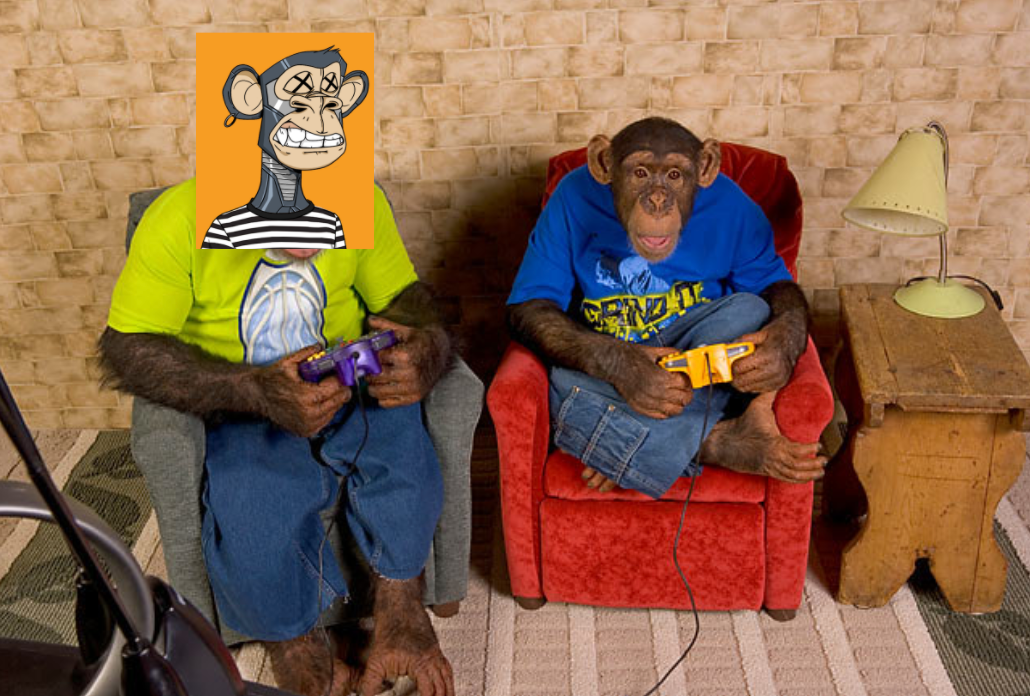
Please imagine the following company:
- 1M+ followers on Twitter and Instagram
- $137M in 2021 revenue
- ~22K current users
- 93% Net Revenue Margins
- An average revenue per current user (ARPU) of $6,227
This is one of, if not the, most successful consumer companies of all time! Just one weird thing—many people think the product is utterly useless. But does that even matter?
This is the core conundrum (and 2021 financial performance) of Yuga Labs, the creator of Bored Ape Yacht Club (BAYC). The BAYC is well known in some circles, but for my readers who are unaware, they are the most popular and prominent NFT collection today. Their initial product was 10K unique pictures of monkeys that are tradeable and sellable. When they were first published, each went for roughly $200. The cheapest apes in the collection are currently going for roughly 100 ETH or $285K. If you bought in the beginning and held, you would be sitting at around a 142,400% return. So…pretty good. BAYC has since added in a few other products, all of which revolve around NFTs.
I did not pay for this picture.
I’ve previously written about my dislike of these types of Crypto companies. They sell a product that is wholly reliant on convincing other people that the product is valuable. There is no utility besides that which current holders convince prospective buyers exists. They’re just MLMs for nerds. Non-fungible tokens (NFTs) are a really interesting technology, but I am skeptical that expensive profile pictures are the winning use case. And maybe it’s true that I just don’t “get it,” but we should also consider that the guy who invented Ethereum (the blockchain the monkeys are built on) isn’t impressed with BAYC either,
“One silver lining of the situation in the last three weeks is that it has reminded a lot of people in the crypto space that ultimately the goal of crypto is not to play games with million-dollar pictures of monkeys, it’s to do things that accomplish meaningful effects in the real world,”
Any company playing the NFT profile pic game knows that the music will eventually stop. They have to deliver some sort of additional value beyond speculative price inflation. Till recently, we haven’t seen anything more solid than some vague guesses at BAYC’s next moves.
Today, for paying subscribers, I’ll be analyzing screenshots from their latest pitch deck—highlighting their product roadmap, financial performance, and 5 year strategy. I’ll walk through the important slides, give analysis on top, and forecast the likelihood of their success. The company just raised $450M at a $4B valuation on the pitch of becoming the “decentralized Disney,” so some smart people must think this is a good idea!
It is important to note that ultimately I am rooting for all startups to succeed (yes, even BAYC). The world needs more competition and weirdness and bizarrehoods. The goal for today is not negativity but objectivity—an exercise where we hypothesize together what long-term success for BAYC could look like.
Is BAYC the future of media? Or just a weird blip in the history of technology?
The Pitch Deck
For brevity’s sake, I’ve cut the deck to only the most important slides with performance stats. If you are looking for the whole 90 slides in all their glory, you can find a tweet thread linking them here. In typical startup fashion, the company begins by listing their Ws: massive community, famous customers, and substantial social following. All of these are impressive.
The phrasing “Blue Chip NFT” is one that threw me a little bit. Blue Chip is a phrase that I associate with an asset class, not a technology product. It goes back to the historical positioning of NFT profile pic products, speculative assets. By starting the deck off with a reference to the speculative value of their product, they are likely reinforcing the unprecedented financial and cultural clout of the project, but to me, this reinforced the lack of inherent value for these jpegs.
Then, they show how many followers they have:
Pretty typical things to display, and impressive! But still—nothing unusual or challenging.
After that, the narrative turns towards the metaverse.
In this section of the deck, BAYC’s team argues that essentially every company will be a metaverse company. The whole world will change! Nothing will be as before! Again, super typical startup rhetoric. Additionally, they argue that everyone else’s metaverse kinda sucks. They are boring, blase, and bound for failure. What do they lack? Well according to the company, they lack…
Please imagine the following company:
- 1M+ followers on Twitter and Instagram
- $137M in 2021 revenue
- ~22K current users
- 93% Net Revenue Margins
- An average revenue per current user (ARPU) of $6,227
This is one of, if not the, most successful consumer companies of all time! Just one weird thing—many people think the product is utterly useless. But does that even matter?
This is the core conundrum (and 2021 financial performance) of Yuga Labs, the creator of Bored Ape Yacht Club (BAYC). The BAYC is well known in some circles, but for my readers who are unaware, they are the most popular and prominent NFT collection today. Their initial product was 10K unique pictures of monkeys that are tradeable and sellable. When they were first published, each went for roughly $200. The cheapest apes in the collection are currently going for roughly 100 ETH or $285K. If you bought in the beginning and held, you would be sitting at around a 142,400% return. So…pretty good. BAYC has since added in a few other products, all of which revolve around NFTs.
I did not pay for this picture.
I’ve previously written about my dislike of these types of Crypto companies. They sell a product that is wholly reliant on convincing other people that the product is valuable. There is no utility besides that which current holders convince prospective buyers exists. They’re just MLMs for nerds. Non-fungible tokens (NFTs) are a really interesting technology, but I am skeptical that expensive profile pictures are the winning use case. And maybe it’s true that I just don’t “get it,” but we should also consider that the guy who invented Ethereum (the blockchain the monkeys are built on) isn’t impressed with BAYC either,
“One silver lining of the situation in the last three weeks is that it has reminded a lot of people in the crypto space that ultimately the goal of crypto is not to play games with million-dollar pictures of monkeys, it’s to do things that accomplish meaningful effects in the real world,”
Any company playing the NFT profile pic game knows that the music will eventually stop. They have to deliver some sort of additional value beyond speculative price inflation. Till recently, we haven’t seen anything more solid than some vague guesses at BAYC’s next moves.
Today, for paying subscribers, I’ll be analyzing screenshots from their latest pitch deck—highlighting their product roadmap, financial performance, and 5 year strategy. I’ll walk through the important slides, give analysis on top, and forecast the likelihood of their success. The company just raised $450M at a $4B valuation on the pitch of becoming the “decentralized Disney,” so some smart people must think this is a good idea!
It is important to note that ultimately I am rooting for all startups to succeed (yes, even BAYC). The world needs more competition and weirdness and bizarrehoods. The goal for today is not negativity but objectivity—an exercise where we hypothesize together what long-term success for BAYC could look like.
Is BAYC the future of media? Or just a weird blip in the history of technology?
The Pitch Deck
For brevity’s sake, I’ve cut the deck to only the most important slides with performance stats. If you are looking for the whole 90 slides in all their glory, you can find a tweet thread linking them here. In typical startup fashion, the company begins by listing their Ws: massive community, famous customers, and substantial social following. All of these are impressive.
The phrasing “Blue Chip NFT” is one that threw me a little bit. Blue Chip is a phrase that I associate with an asset class, not a technology product. It goes back to the historical positioning of NFT profile pic products, speculative assets. By starting the deck off with a reference to the speculative value of their product, they are likely reinforcing the unprecedented financial and cultural clout of the project, but to me, this reinforced the lack of inherent value for these jpegs.
Then, they show how many followers they have:
Pretty typical things to display, and impressive! But still—nothing unusual or challenging.
After that, the narrative turns towards the metaverse.
In this section of the deck, BAYC’s team argues that essentially every company will be a metaverse company. The whole world will change! Nothing will be as before! Again, super typical startup rhetoric. Additionally, they argue that everyone else’s metaverse kinda sucks. They are boring, blase, and bound for failure. What do they lack? Well according to the company, they lack…
This is the kind of assertion where my grandmother would say “bless their heart.” (In her Virginia backwoods homeland, this is the equivalent of calling someone a moron.) The slide above is not a good thesis by BAYC. By arguing that the metaverse needs “real stakes,” the company is positing that without financial stakes, communities are dead. The metaverse needs heart and soul and million-dollar monkeys to really succeed. (There are a ton of counterexamples to this perspective that we will get to in a minute.) But BAYC goes even further—they think there is a kind of metaverse that sorta already works.
And here it is! The grand vision! It’s a videogame metaverse! This is…not new. But this video game metaverse will be interoperable! This is new!…maybe. It depends on what you mean by interoperable. IP is absolutely interoperable. It is a tried-and-true tactic of major video games to bring in other companies’ intellectual property in an attempt to sell digital skins. Activision does it with anime skins in Call of Duty. Fortnite does it with Marvel and the NFL and Naruto and and and. Fortnite has a metaverse with basically every story under the sun. Creative IP partnerships are not differentiated.
This is just blatantly false. Cultural obsession does not equal the ability to make great video games.
There is no more popular IP on the planet than Marvel properties. Superheroes are a global obsession. In comparison to BAYC’s 1M+ social followers, Marvel boasts 14.1M Twitter followers, 62.5M Instagram followers, and 18.4M Youtube subscribers. So just 93M more subscribers than BAYC, not a huge difference. Additionally, there are hundreds of millions of dollars spent on marketing the stories of Marvel comics. Children play with their Avengers superheroes, and adult fans spend tens of thousands on memorabilia. There is almost nothing more universally loved on this planet.
When you see this pitch, an Avengers video game seems so incredibly obvious. Of course it would do well! Well, that didn’t happen. Despite $100M being reportedly spent on development, the best IP you could hope for, and all those social followers, the game was a flop. It only sold 60% of its expected inventory and was the largest contributor to its publisher losing $67M in Q3 of 2020.
The game didn’t do well because it was so, so boring. It was a total grindfest with flat gameplay. And in argument to the BAYC thesis, the game was actually full of ownership! There were a ton of microtransactions, and it was all focused on getting loot. Sure that loot didn’t transfer to another game but because the loot wasn’t fun to use, it didn’t matter either way.
What makes games work isn’t IP or having digital avatars you like—it is that they are fun! And the ability to build a fun game is an entirely different skill set than the one required to build a successful NFT project. Still, NFTs are new. Maybe people will play a game—even if it isn’t the most fun—if it can incorporate their digital identity. BAYC is betting that is the case. And to be fair, BAYC isn’t just building a single video game, they are building a gaming metaverse that anyone can build on top of.
To kickstart the metaverse project, they are doing the next, natural thing—becoming land barons.
To be clear, this is the company becoming a digital landlord. They will sell plots of “land” in their metaverse that contain resources or special characters. This is an obvious improvement over previous video games experiences! I’ve always said that while I love videogames, I really wish that they had property taxes and a homeowner’s association.
In all seriousness, there is little doubt that these plots of land will sell out. There are enough fans that it is a near guarantee that the company will sell $200M of land sometime in 2022. Maybe a better analogy is that BAYC is like a founder who sold their last company for billions. No matter how dumb their next project, they will easily oversubscribe and raise at wild valuations. I bet a lot of people will even cynically buy with the idea of short-to-medium term flipping the assets. (I am one of those people considering it.)
But again, I’m left asking, is this more fun than a normal videogame? Will owning the land on which I’m playing my game make me more likely to keep playing? And how many wealthy NFT speculators actually want to play video games? It is tough for me to imagine BAYC members Paris Hilton and Jimmy Fallon logging into the metaverse with any frequency.
The company has a lot of plans for 2022, most involving NFT releases and drops of various products: merch, videogames, parties, etc.
But here comes the slide that made me want to write this piece to begin with.
These are the single most impressive first year financial results of any company I have ever seen. I cannot think of another startup like it in the history of the technology industry. There is no one that can touch this type of performance—not Apple, Google, Snowflake, Tesla, Facebook, or Netflix. BAYC did $137M in revenue at 92% net revenue margins. This was off of $4.24M in total expenses!
And the jump to $539M in revenue in 2022 does not feel totally unreasonable to me (can’t believe I just typed that).
If the company is able to successfully pull off the land sales this year, they will become nigh untouchable for their first two years of existence.
These returns on invested capital are crazy high but ultimately reasonable. BAYC already has the hardest part of the consumer acquisition accomplished (attention). Getting alpha on an audience that is already interested in NFTs isn’t the hardest thing in the world.
However, startups are not quick flips or flash in the plans. Generational companies require a 15-year journey.
Long-term Risks
The white hot risks for me are two fold:
Market: As I noted, I am a skeptic that NFT profile pics are the correct long-term application of the technology. While they are certainly popular now, I wonder how long the movement can last. While NFTs seem far less risky now then they were in 2019, they have not obtained popular acceptance. Buyers on OpenSea dipped down to below 800K last month and google trend data is crashing.
When you put it in comparison with, say, a certain celebrity, the distance that NFTS have to go is even more striking:
Ultimately, I think crypto is meant for higher purposes than BAYC. The original vision of the technology was digital nation-states, permissionless finance, and revolutionizing how the world works. The BAYC feels to me much like Yahoo did in the late ’90s. Popular consumer product that relies on others’ IP. It currently has lots of eyeballs and revenue, but with no long term competitive moat or differentiated technology. The focus of the company will have to be on building a product where crypto fades to the background and fun comes to the forefront.
That said, I still want them to succeed! The Bored Apes have had the best first year performance of any startup. The team is genuinely committed to building a unique, interesting community. The early believers have been hugely rewarded for their faith in the project. I just hope we use crypto for more than fiscal gains or entertaining distraction.
Ideas and Apps to
Thrive in the AI Age
The essential toolkit for those shaping the future
"This might be the best value you
can get from an AI subscription."
- Jay S.
Join 100,000+ leaders, builders, and innovators

Email address
Already have an account? Sign in
What is included in a subscription?
Daily insights from AI pioneers + early access to powerful AI tools
Ideas and Apps to
Thrive in the AI Age
The essential toolkit for those shaping the future
"This might be the best value you
can get from an AI subscription."
- Jay S.
Join 100,000+ leaders, builders, and innovators

Email address
Already have an account? Sign in
What is included in a subscription?
Daily insights from AI pioneers + early access to powerful AI tools

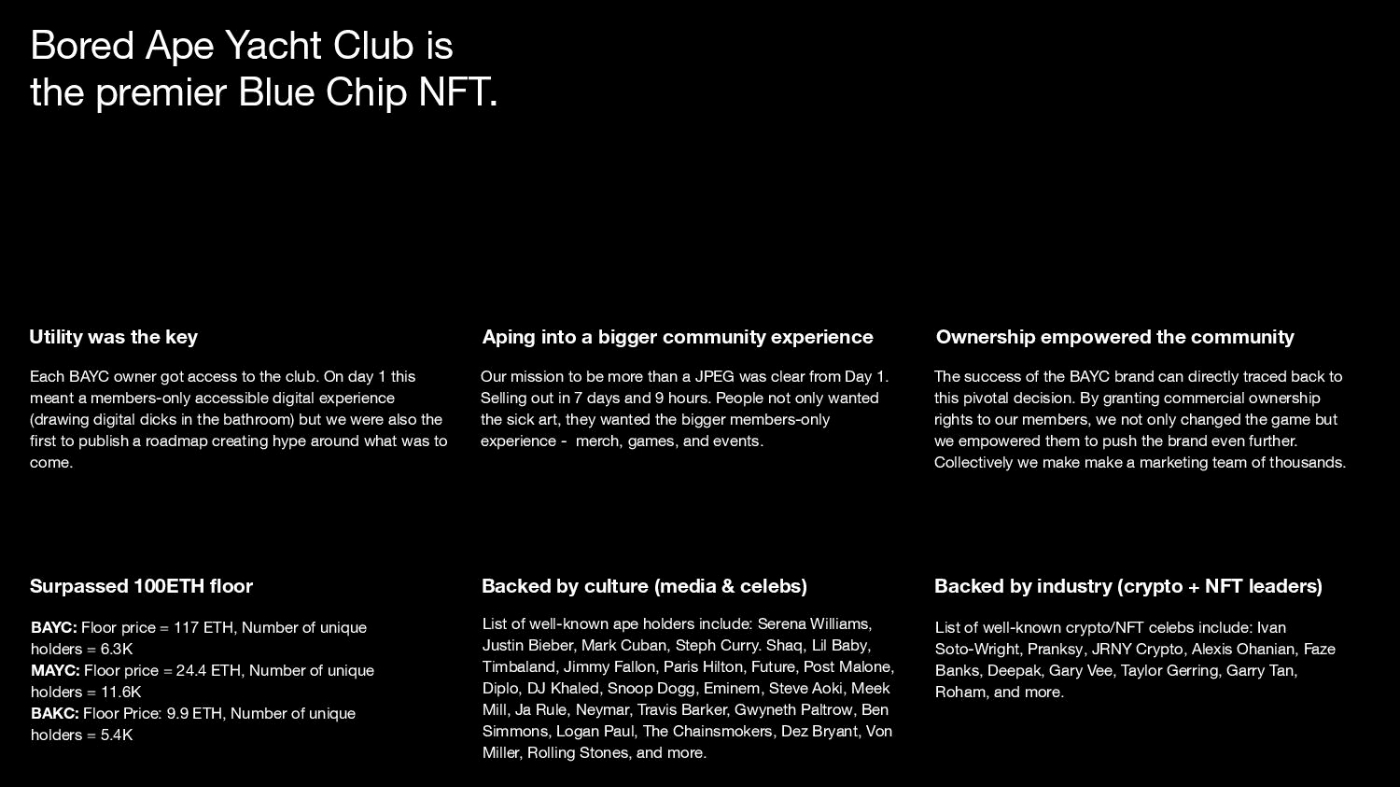

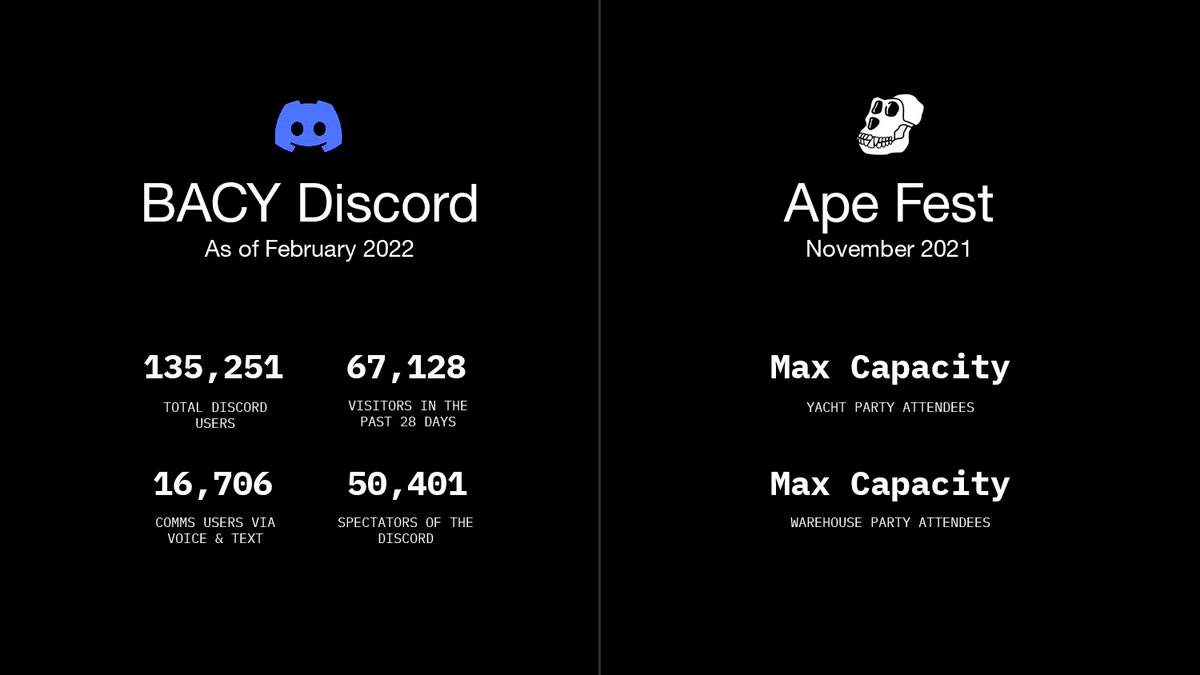

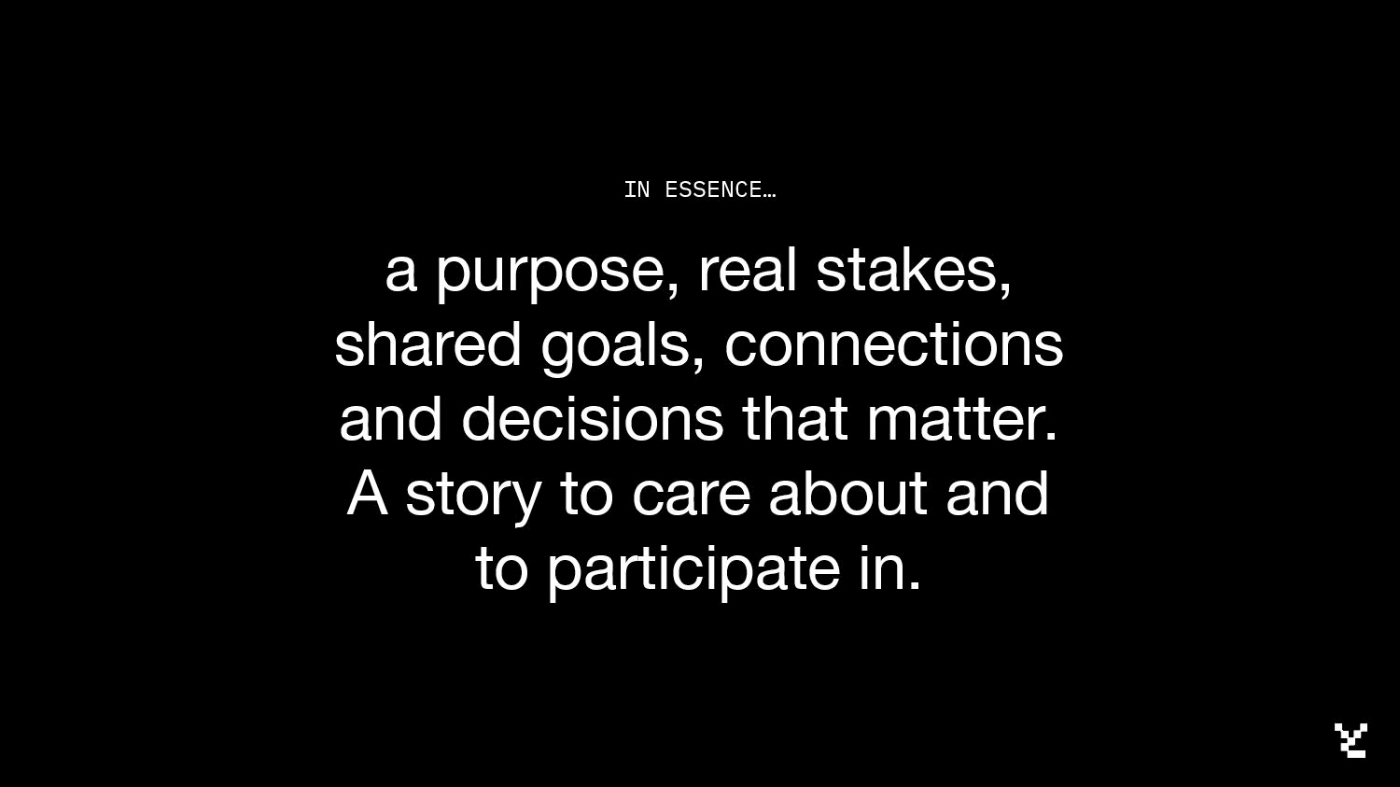
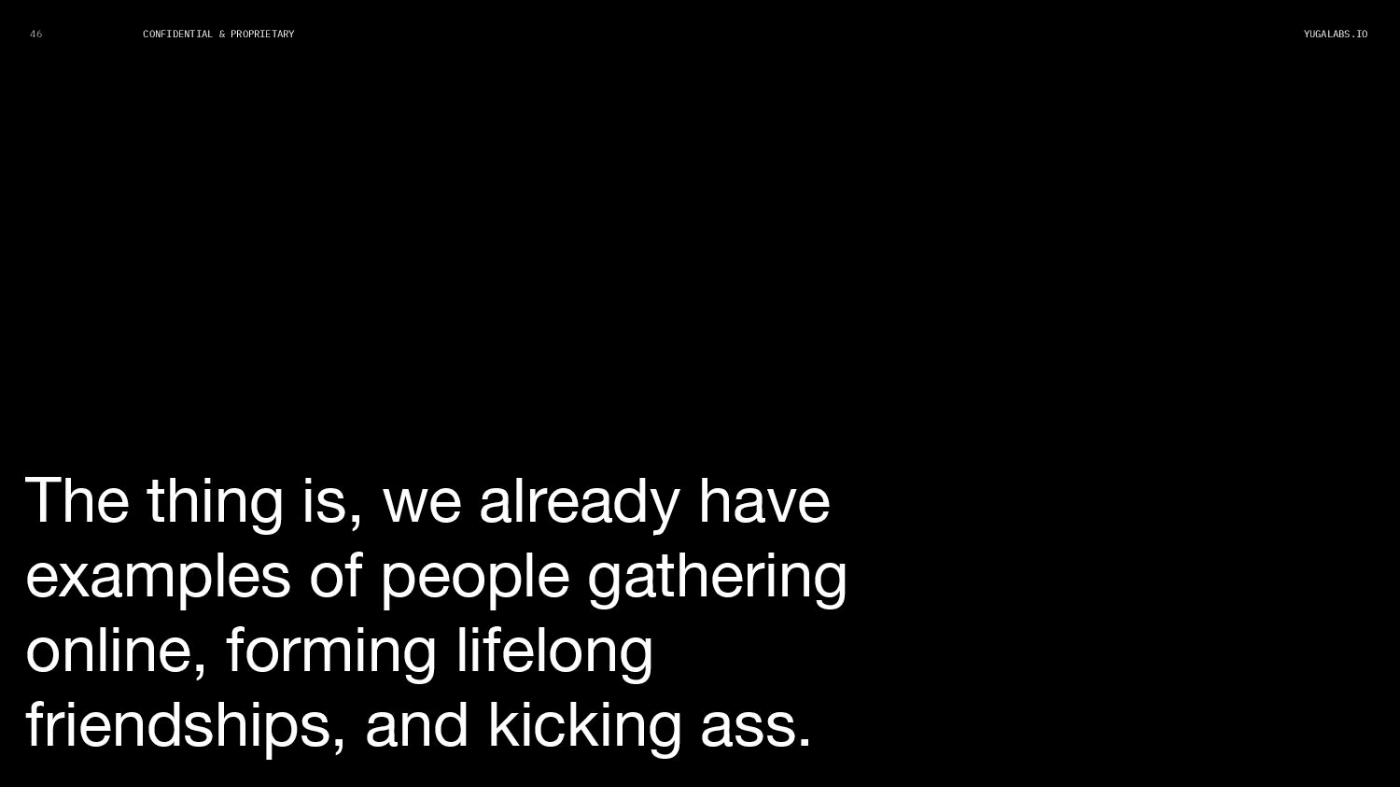
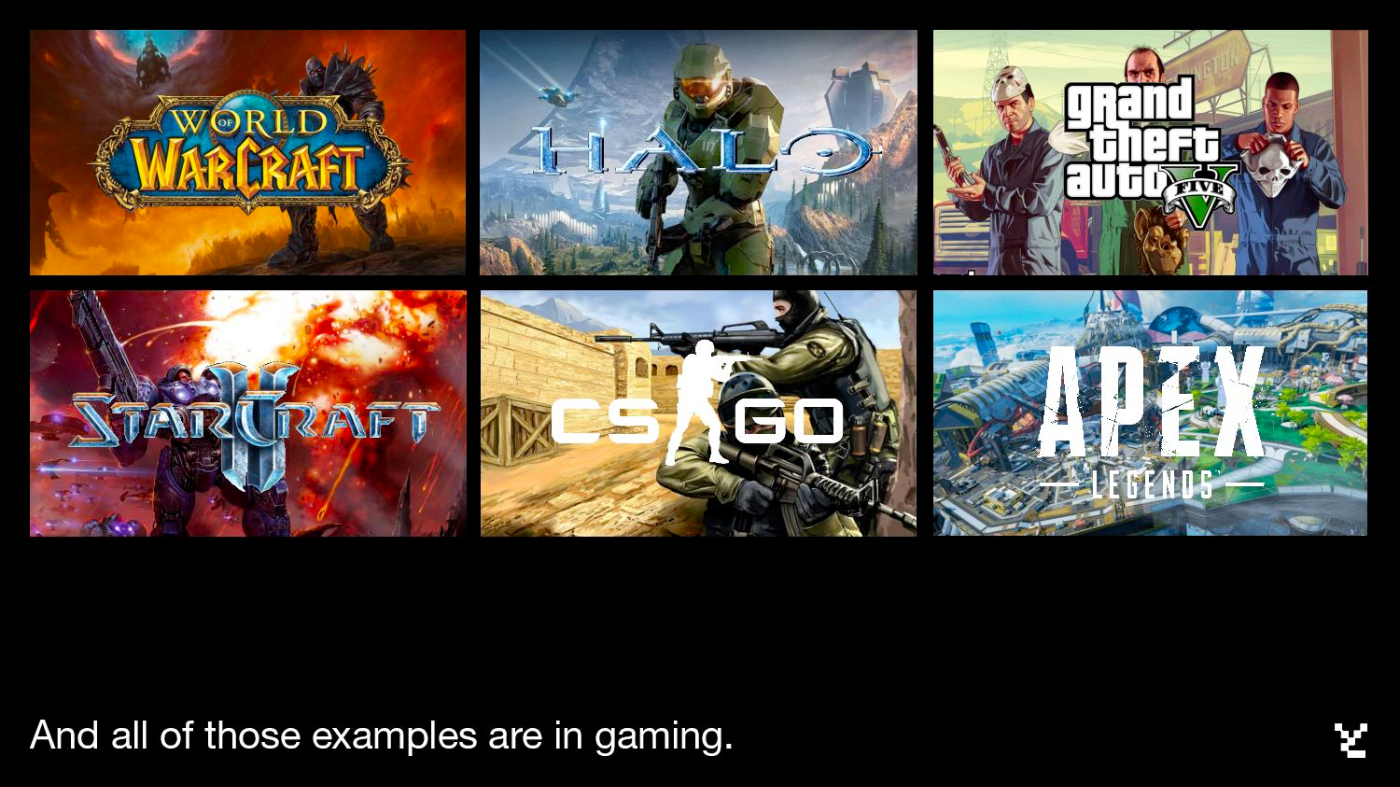
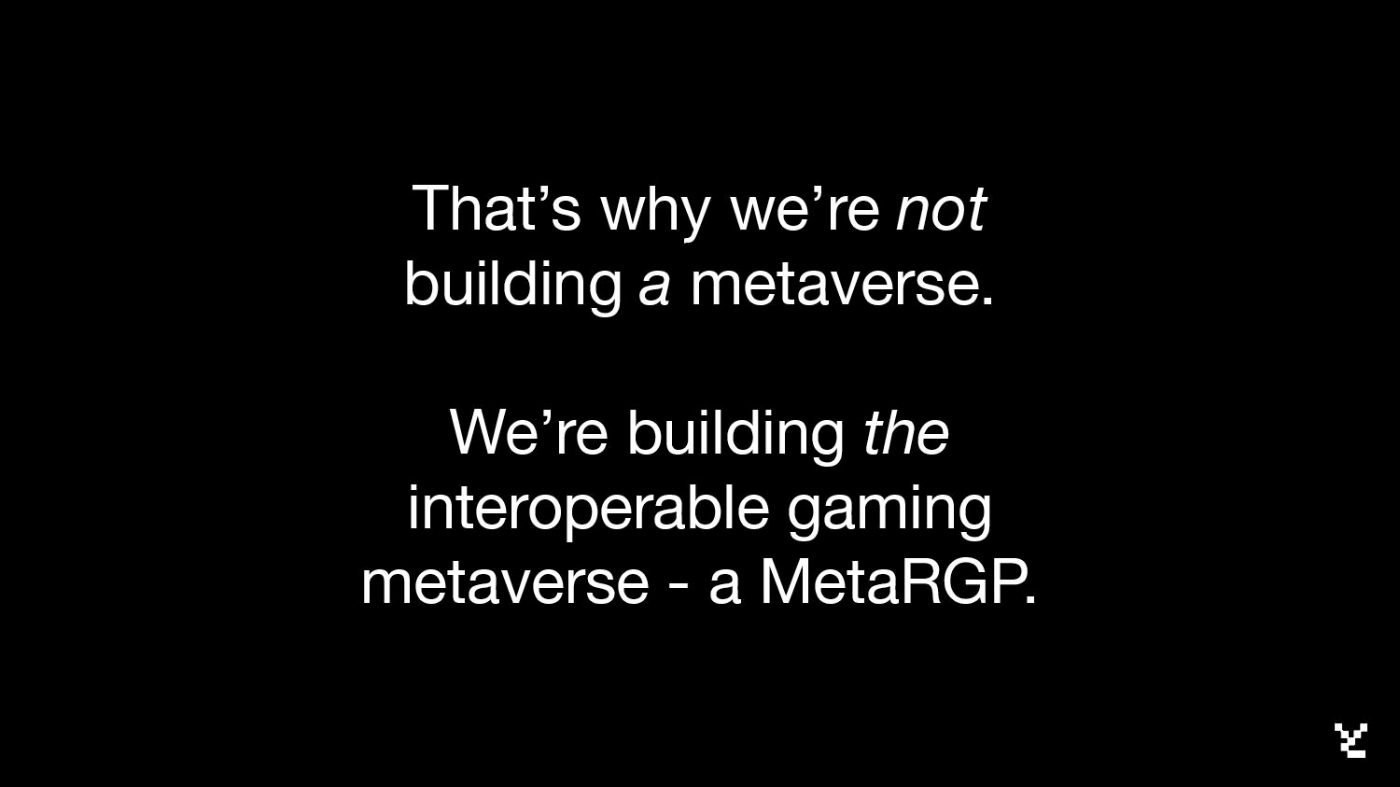
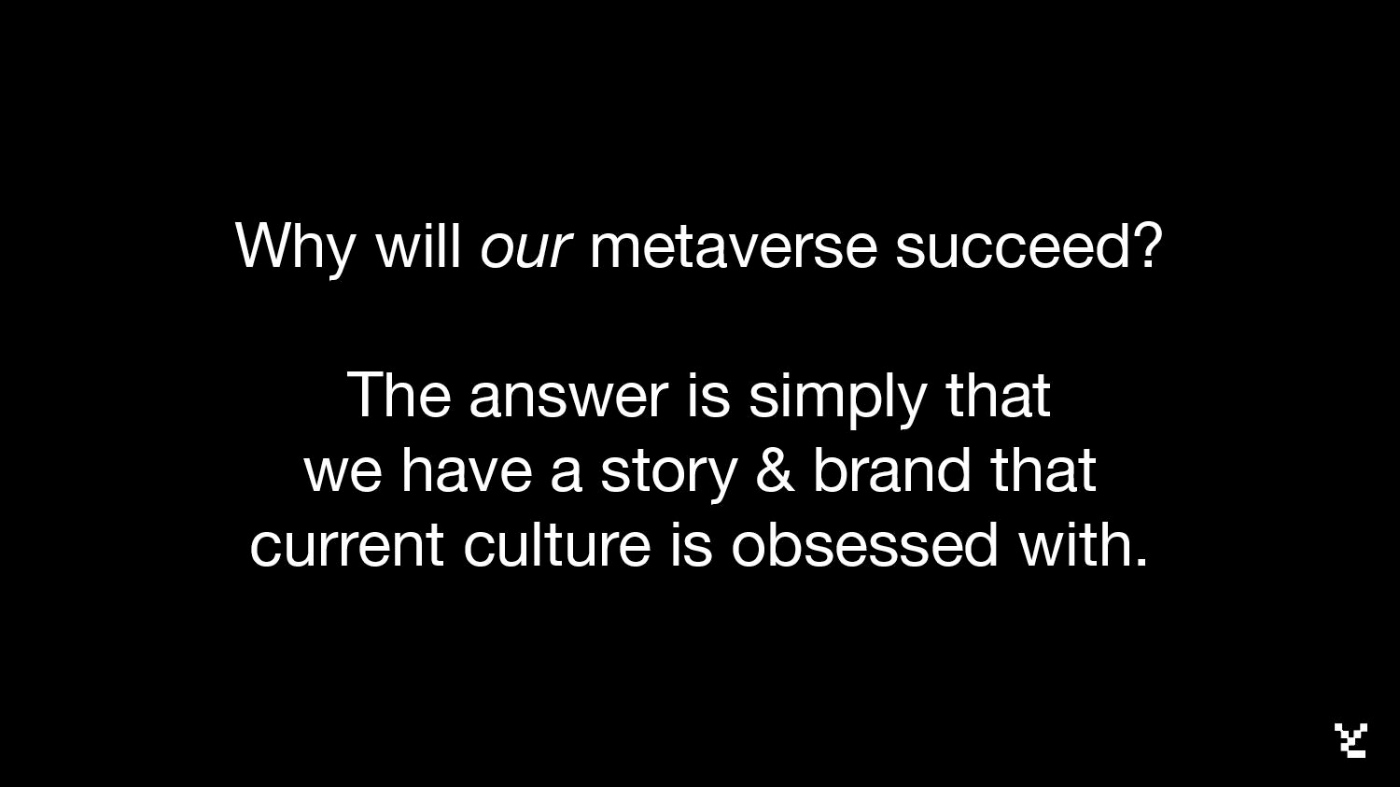
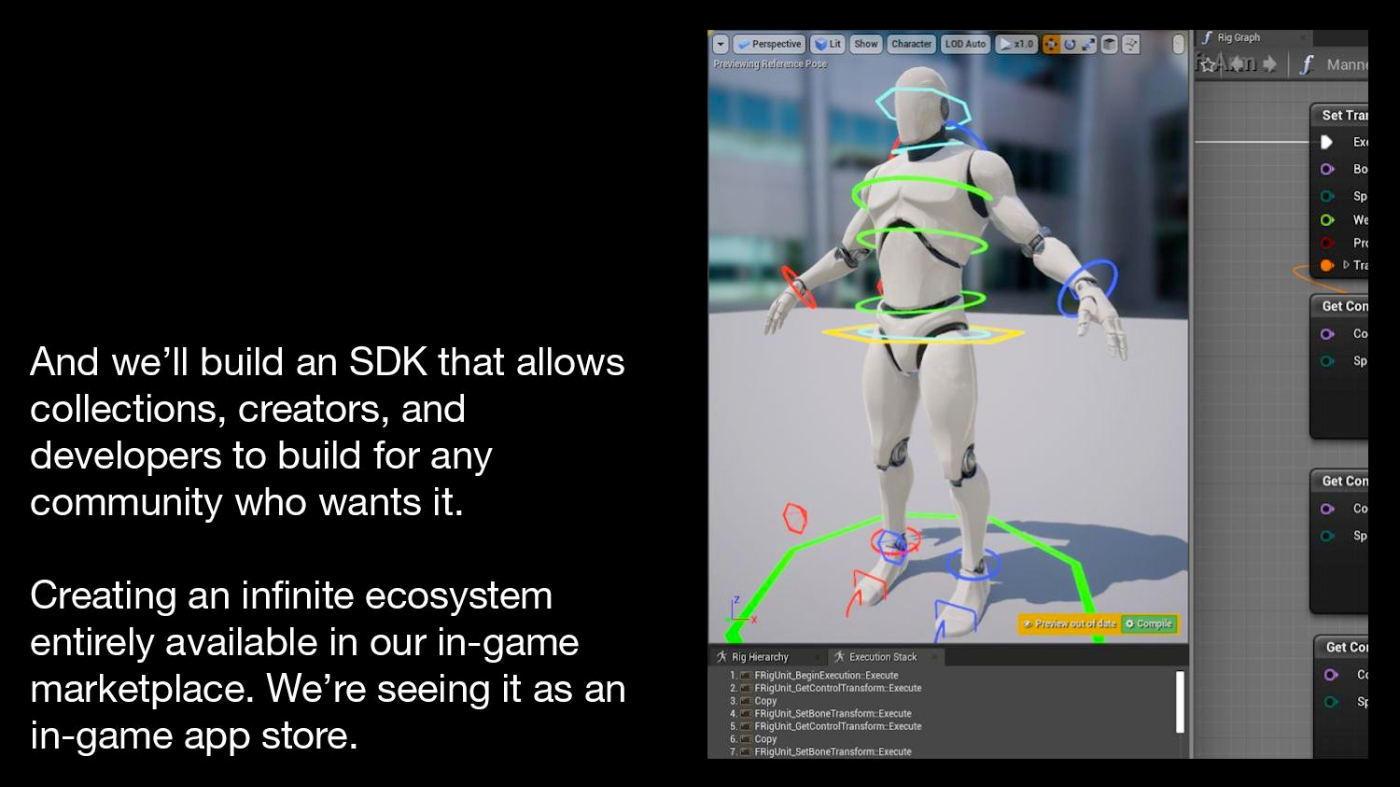
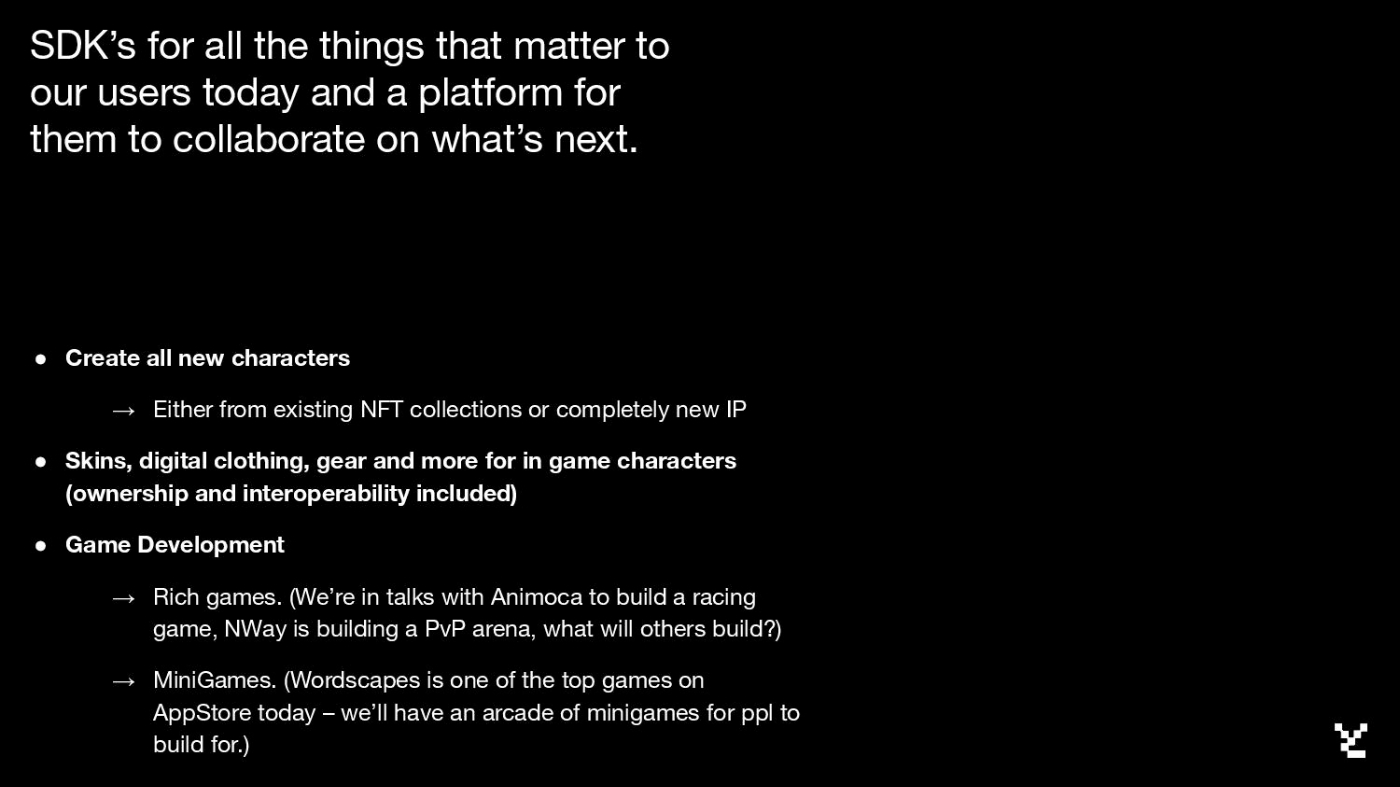
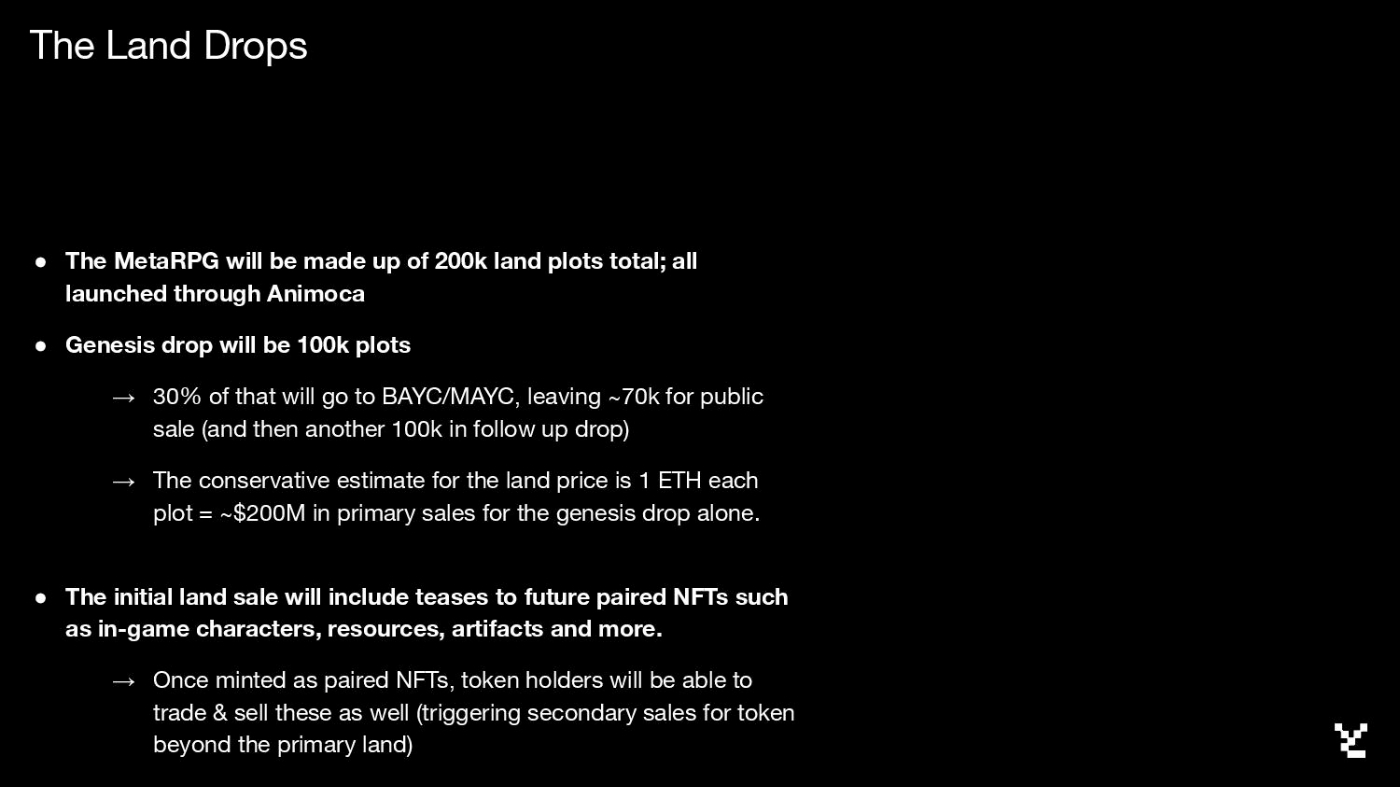
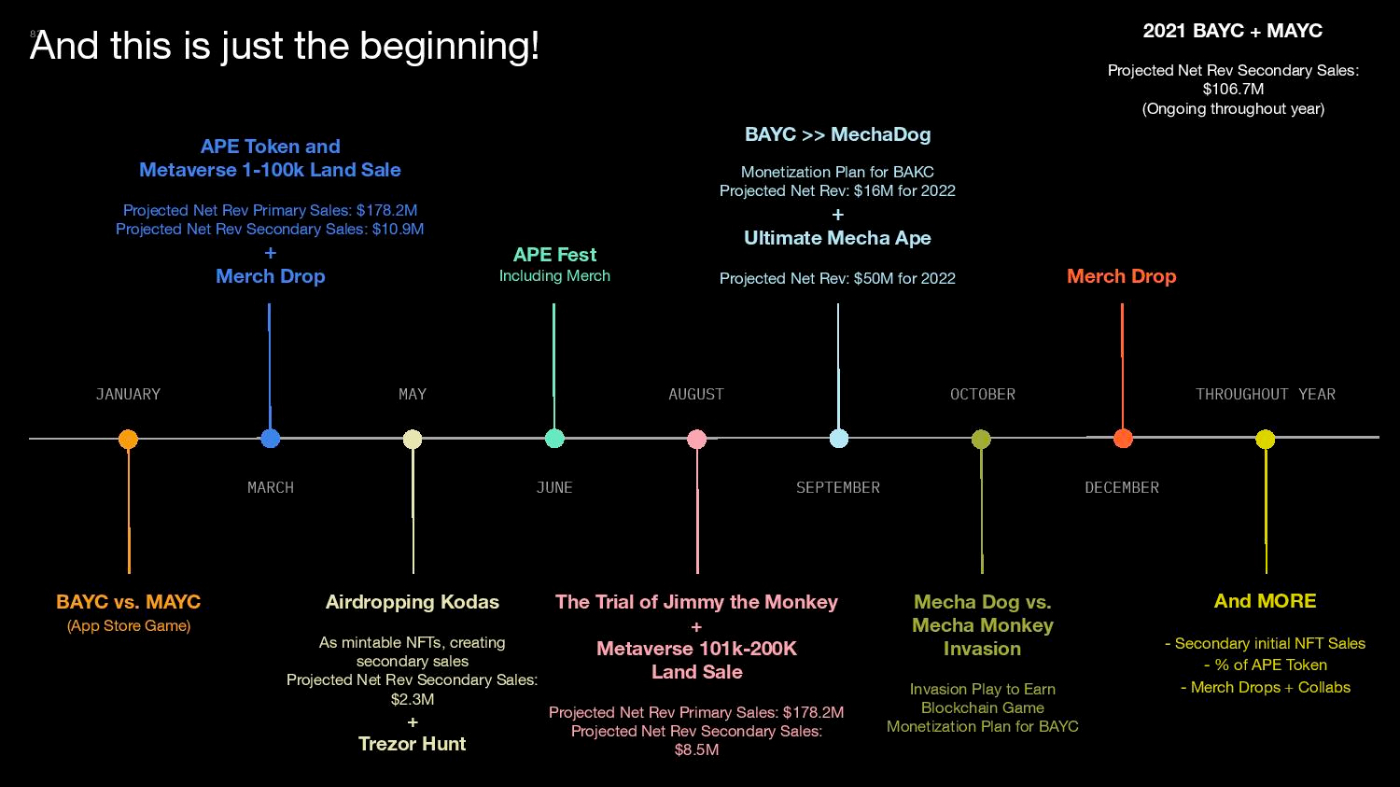
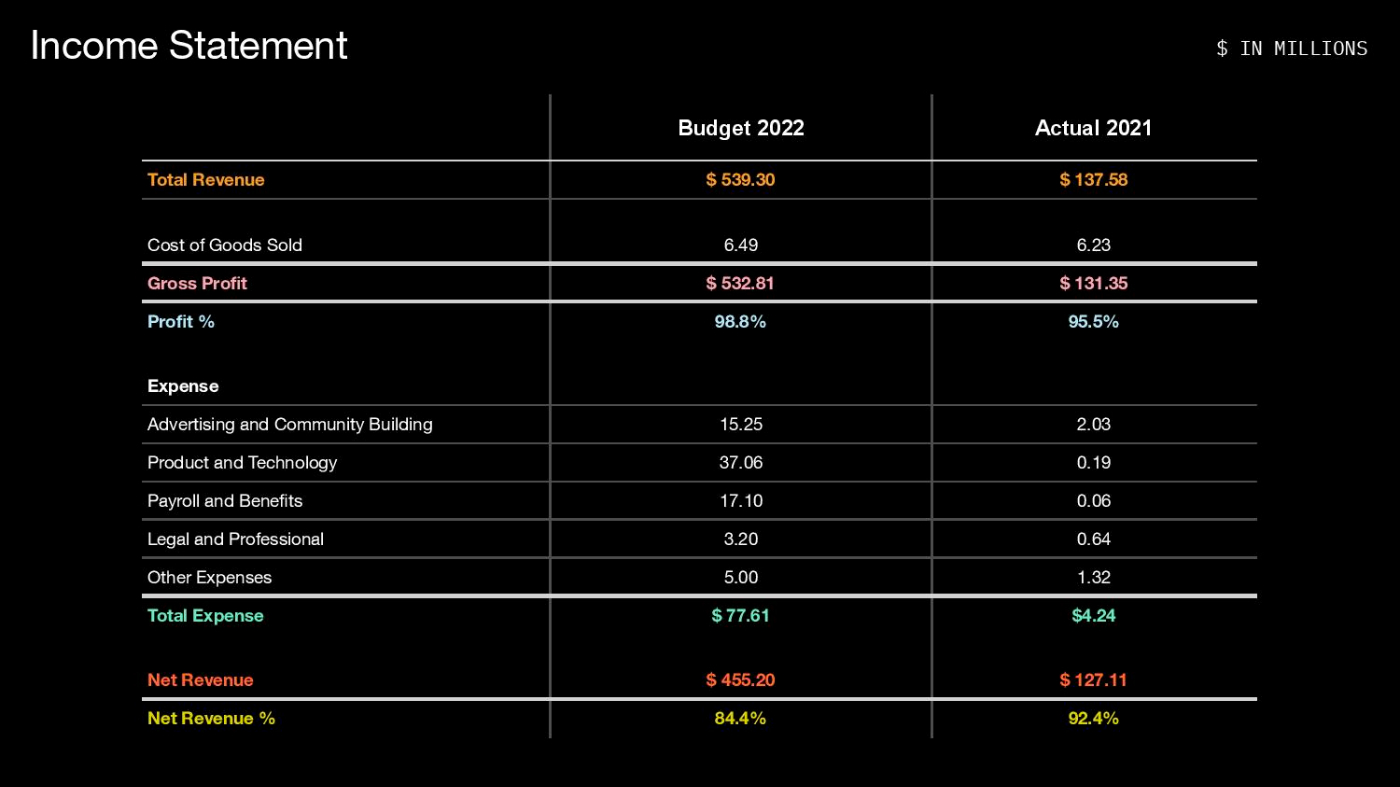
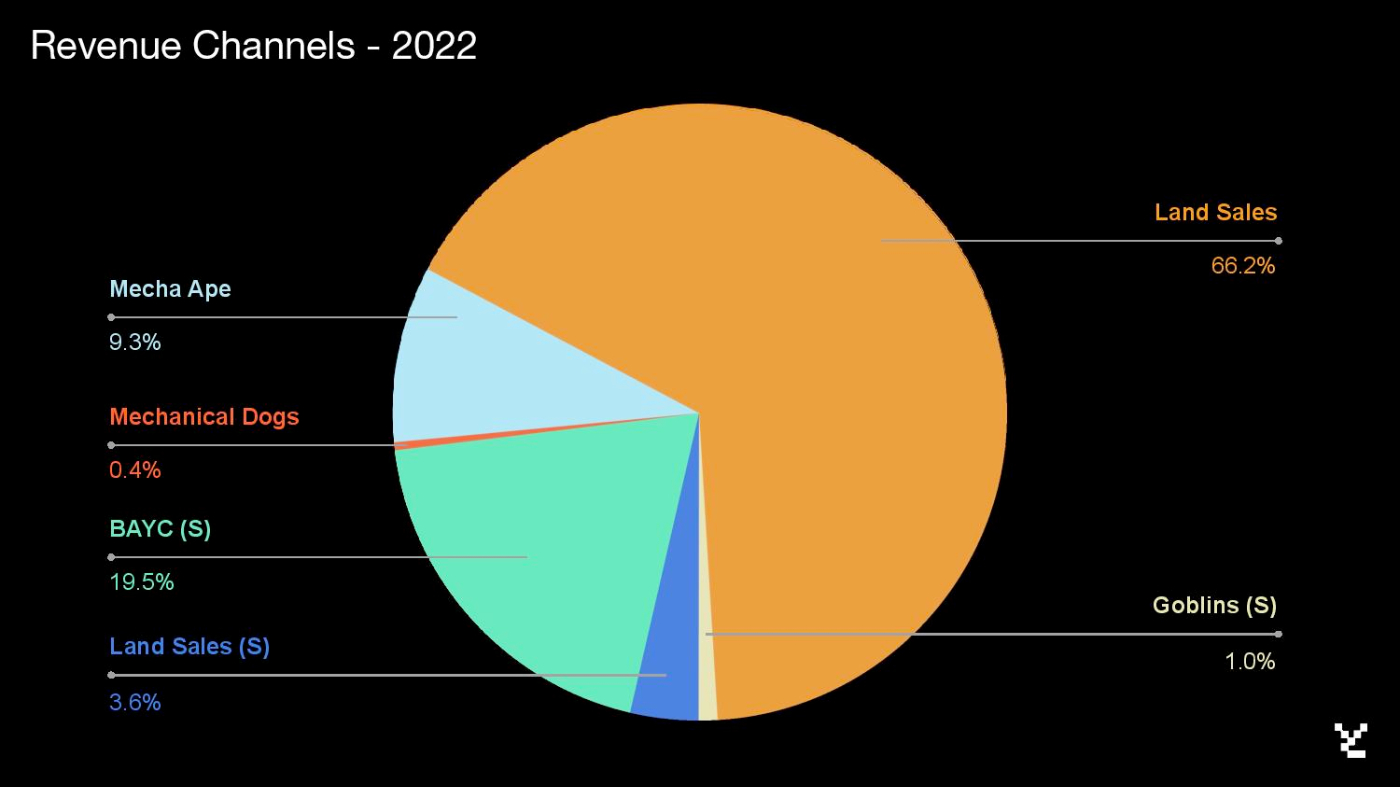
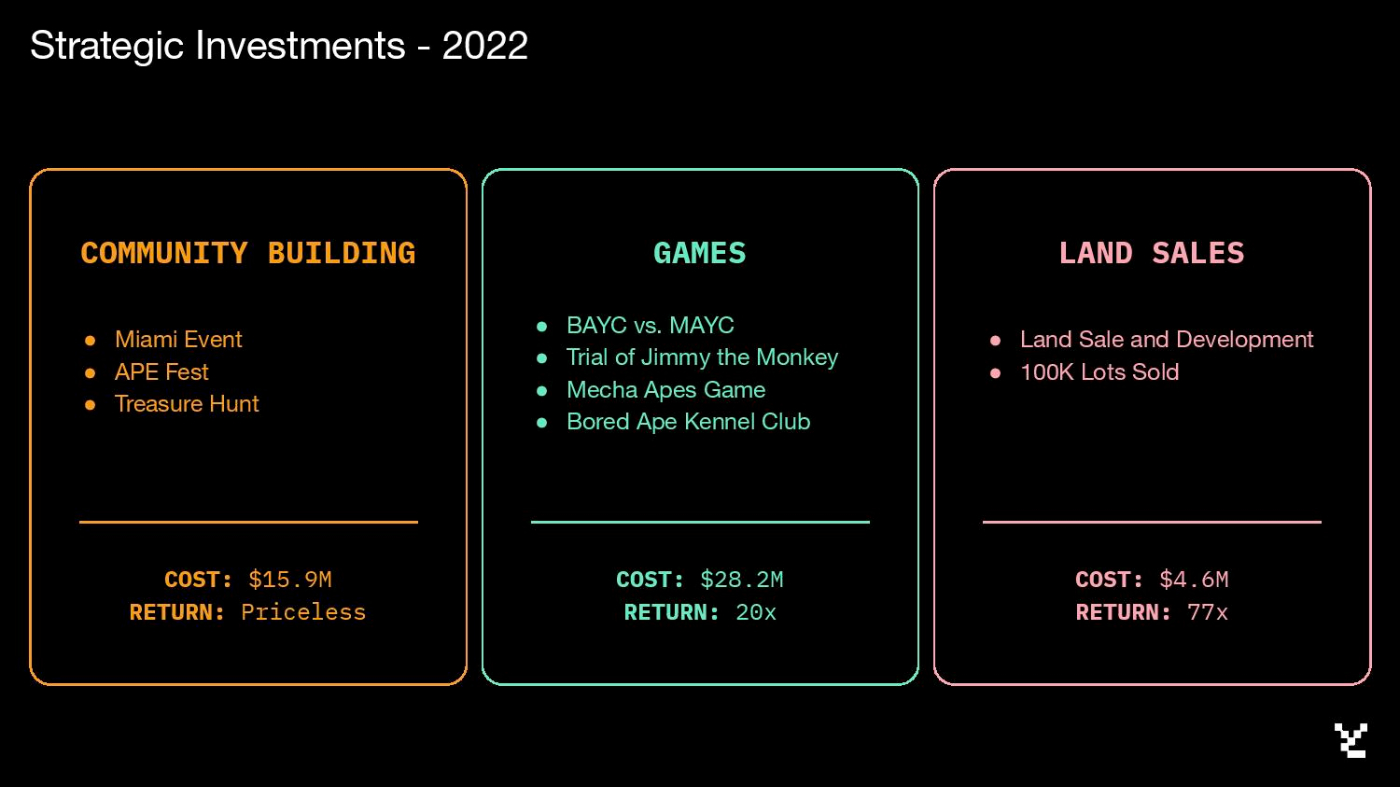

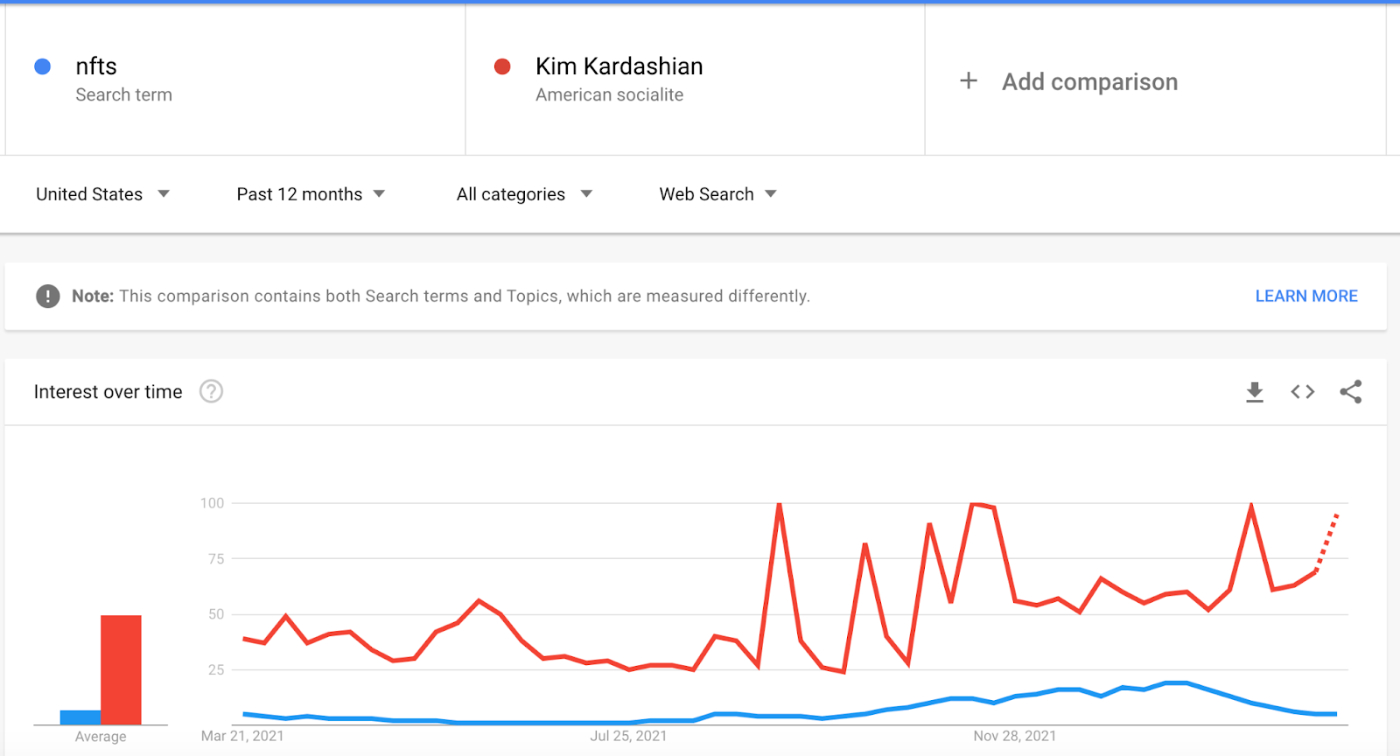







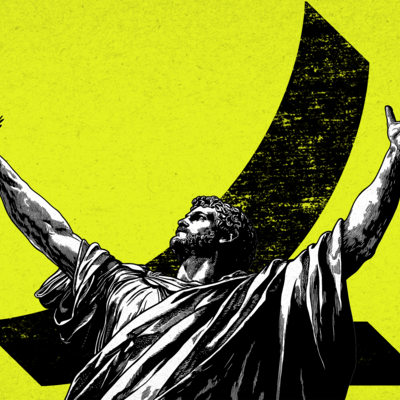
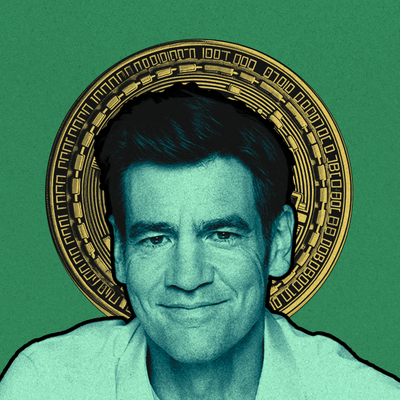

Comments
Don't have an account? Sign up!
Wish there was even an attempt at finding some balance in this piece. Fees like the Buzzfeed story that came out a month or so ago. I subscribe to Every so I can get some interesting perspectives that hopefully help me see/understand something new. Not just click bate style take downs. To look at what this company has done in less than a year and just dismiss it is lazy. We get it “NFT’s are an MLM” “web3 is all hype” even if that might be true consider attempting to understand how/why this tech exists and why the market is responding. You have made it very clear about how much you hate the stupid monkey art. Ok that’s fine now move on and give the reader something more than your personal hot take. How about exploring who the investors are and why they would invest in the first place. These investors such at a16 might not be as smart as you but give us there perspective on what they see and why they would put hundreds of millions on the line. Also love that you ended this with “I want them to succeed”. No you don’t. You have made that very clear. A small group of friends got together and in less than a year have managed to beat some of the biggest players in the world (FB, Disney etc) along with delivering life changing results for the investors. That alone is Inspiring if nothing else. It’s always easier to critique than create and I have zero problem with journalists critiquing as long as they give us readers the whole picture.